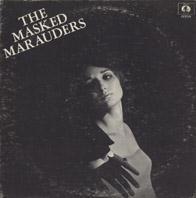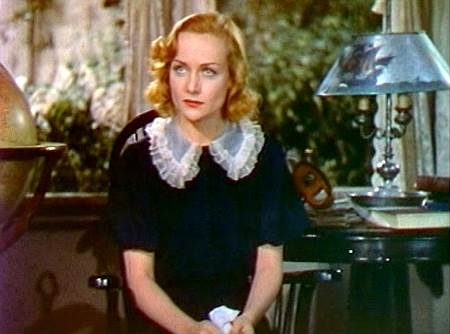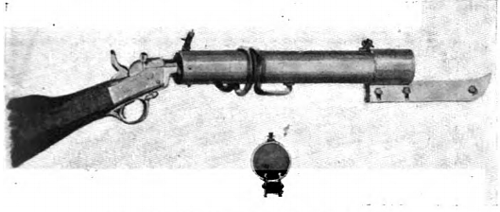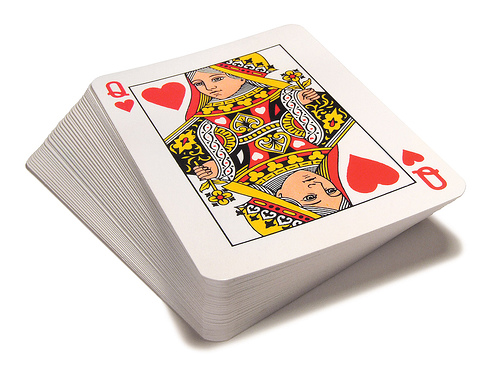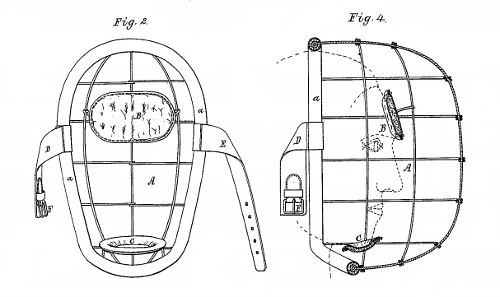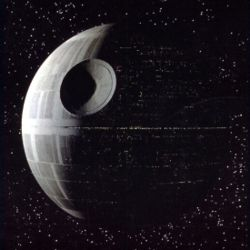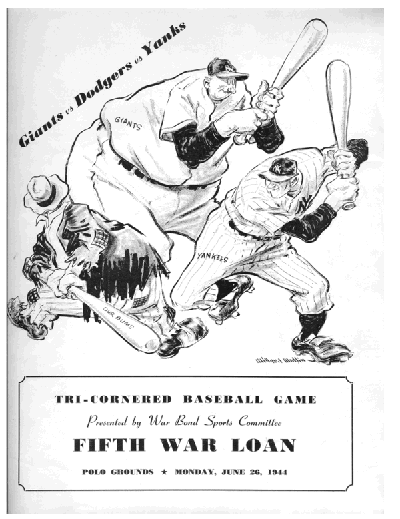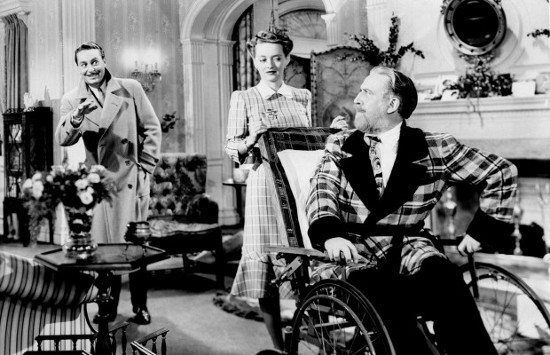
You never laugh at anything nice. A comedy that ends with a laugh is a comedy that ends not with a solution but with a fresh disaster. At the end of Gogol’s The Government Inspector the real government inspector arrives; the trouble is just beginning. At the end of George F. Kaufman and Moss Hart’s Broadway comedy The Man Who Came to Dinner, the eccentric Sheridan Whiteside, who has wrought havoc in the lives of the Middle American family in whose home he is stranded by a broken ankle, walks out the door to universal relief, slips on the front step, and breaks his ankle again. According to Arthur Koestler, laughter does not truly release tension because it does not solve the problem; it fritters away energy in purposeless physical reflexes that make action impossible. Laughter is not a solution, it is a sign of the problem. As a number of writers have observed, there is a built-in contradiction between comedy’s two purposes, laughter and the happy ending. In its normal operation [the reaching of a happy ending] the function of comedy is to make the audience stop laughing.
— Alexander Leggatt, English Stage Comedy 1490-1990, 2002

